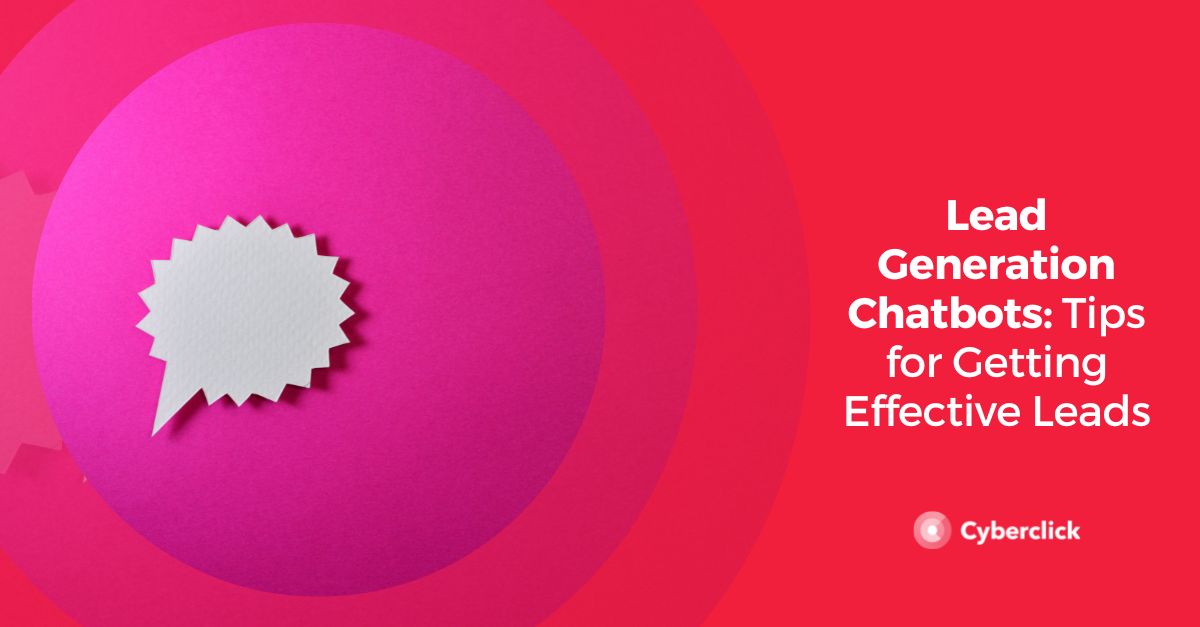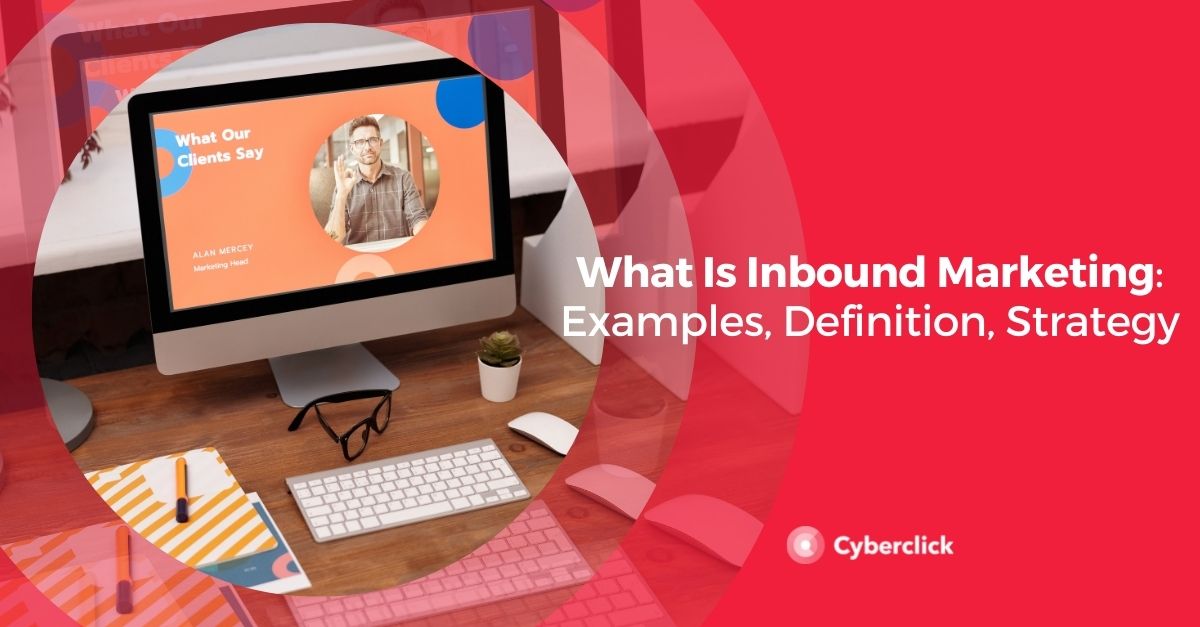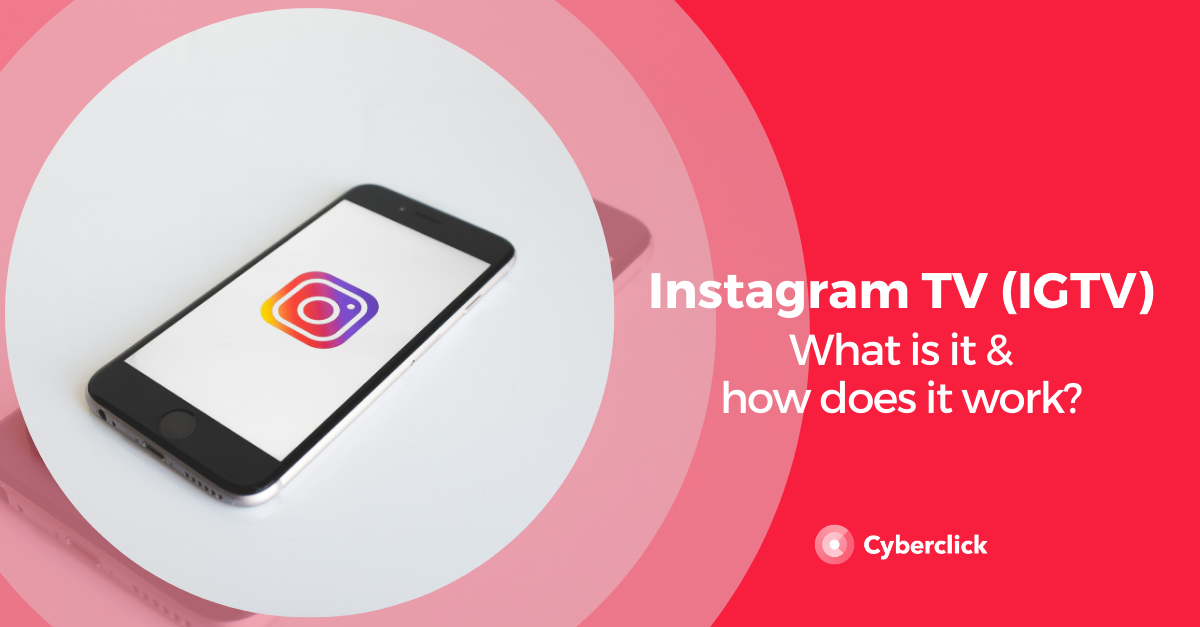TOFU, MOFU, and BOFU are important acronyms in inbound marketing. Knowing what they mean and how to use them in your campaigns is crucial to be able to offer your users the right content at the right time according to where they are in the conversion funnel.
In this article, we will dive into TOFU, MOFU, and BOFU in detail and unpack exactly what they mean and how you can begin implementing the funnel methodology in your campaigns.
The Basics of the Conversion Funnel
In order to develop effective marketing strategies, you need to carefully analyze your products’ purchase cycles. This analysis begins by identifying your buyer persona.
Consumers go through the buyer's journey from the moment they begin interacting with your product or service. When they first discover your product or service, they are considered a TOFU lead, or top of the funnel. As they make their way down the funnel, they become MOFU (middle of the funnel), and BOFU (bottom of the funnel) leads who are ready to convert or make a purchase.
The conversion funnel is a very visual and useful way to represent the different stages in this buyer journey. It is called a ‘funnel’ because each phase is “narrower” than the one before.
This image of a funnel is crucial to improving your results because it helps you understand things from the user’s perspective. If you want to achieve X number of conversions, you will need even more users to come in contact with your brand. Besides attracting more users into the widest part of the funnel, you can also increase conversions by optimizing user retention throughout the different phases.
TOFU: The First Moment of Contact
When users are top of the funnel, they are aware of a need and begin to research ways to satisfy it. For example, imagine a CrossFit gym. In this phase, the buyer persona is considering doing more sports, and searches for answers for “how to get in shape” or “the most effective exercises”:
In this initial stage, you need to be creating content that answers your potential clients’ needs and questions as generally as possible, in order to attract large amounts of users. Keep in mind that at this point, their interest in you is still quite generic and they do not yet have any specific product in mind.
For this reason, you should be creating generic content that answers their questions. Examples include:
- Lists such as “7 reasons to…” or “10 things you didn’t know about…”
- Tutorials and ‘how-to's' such as“How to get in shape in 3 months”
- Ebooks on generic topics related to your sector or industry
- Checklists to combine visual and written elements and get users excited to start accomplishing their goals
- Infographics to inspire your users. Infographics can easily go viral, giving you a higher chance of reaching a wider audience.
Besides creating generic content for your blog and other channels, here are 3 other strategies that work particularly well for TOFU:
-
Display Advertising: You can use the vast amounts of data you have on your users to show them highly relevant and personalized ads.
-
Video campaigns on social media: Video has very high interaction rates and can connect with users on an emotional level.
-
Native Advertising: A great way to maximize your content’s efficiency and reach USERS in a non-invasive way.
MOFU: Considering Different Options
Let's keep using the CrossFit example to understand MOFU, or middle of the funnel. Thanks to the content shown in the previous stage, the user now knows that they want to sign up for CrossFit. This means they have moved from TOFU to MOFU and are considering different options.
In this phase, you need to offer more specific content in exchange for the user leaving you their data and becoming a lead. It is now essential that you nurture them by offering them content that addresses their exact needs.
Examples are:
-
Video interviewing experts, such as your personal trainers
-
Video demos of your product
-
FAQs or Frequently Asked Questions that can solve clients' hesitations
-
Detailed guides and Ebooks that position you as experts in your industry
-
Testimonials: Showcase your successes by publishing client testimonials for potential users to see
You can also use these 3 promotion strategies to help move clients down the funnel:
-
Email marketing campaigns: Email marketing continues to prove itself as one of the most effective formats of digital marketing. To get the best results, use A/B tests, changing one variable at a time until you find the winning combination. And of course, always keep an eye on your open and click-through-rates.
-
Social ads: Social ads come in a variety of formats and have many segmentation options, making them adaptable to pretty much any marketing need. We recommend focusing on Lead Generation ads to increase your database.
-
Retargeting: In this step, you should be taking your users’ behavior into account and using that information to personalize your ads and make them much more effective.
BOFU: Sealing the Deal
Bottom of the funnel is the narrowest part of the funnel, made up of all the users who have considered the available options and are still interested in what you have to offer. All that’s left is to seal the deal… and, of course, gain your client’s trust and loyalty to keep them coming back to your brand.
Here are some ideas of resources you can incorporate into your strategy to successfully convert BOFU users:
- Free trials, product samples, and money-back guarantees
- Discounts and offers
- Highly specialized services, such as a personalized consultation. In the CrossFit example, this could be a free personal training session.
For this phase, you can use 3 kinds of marketing efforts:
-
Online communities that increase trust and loyalty and take the purchase experience to the next level.
-
SEM: When the user is looking for a very specific product (or even for your brand), search engine marketing places you in a favored position with offers that answer users' needs.
-
Social Ads. In this phase of the conversion funnel, use “Lookalike Audiences” in social channels. This lets you display your ads only to people with similar profiles to those who have already converted, increasing the efficiency of your ads.
Strategies for All Stages of the Funnel
Here are some additional tips that will help you boost all phases of your inbound strategy:
- Responsive design elements for mobile. This is the only way you can be sure your ads can be viewed properly on any device, including smartphones and tablets.
- Affiliate marketing. This marketing is based on the use of websites or companies (called affiliates) who become in charge of publishing their clients’ ads and promotions. The big advantage here is that they charge based on results, allowing you to control your investment and guarantee a positive ROI.
CEO y cofundador de Cyberclick. Cuenta con más de 25 años de experiencia en el mundo online. Es ingeniero y cursó un programa de Entrepreneurship en MIT, Massachusetts Institute of Technology. En 2012 fue nombrado uno de los 20 emprendedores más influyentes en España, menores de 40 años, según la Global Entrepreneurship Week 2012 e IESE. Autor de "La empresa más feliz del mundo" y "Diario de un Millennial".
CEO and co-founder of Cyberclick. David Tomas has more than 25 years of experience in the online world. He is an engineer and completed an Entrepreneurship program at MIT, Massachusetts Institute of Technology. In 2012 he was named one of the 20 most influential entrepreneurs in Spain, under the age of 40, according to Global Entrepreneurship Week 2012 and IESE. Author of "The Happiest Company in the World" and "Diary of a Millennial".

.jpg?width=850&name=The%20Conversion%20Funnel%20What%20are%20the%20MOFU%2c%20BOFU%20and%20TOFU%20(1).jpg)





Leave your comment and join the conversation